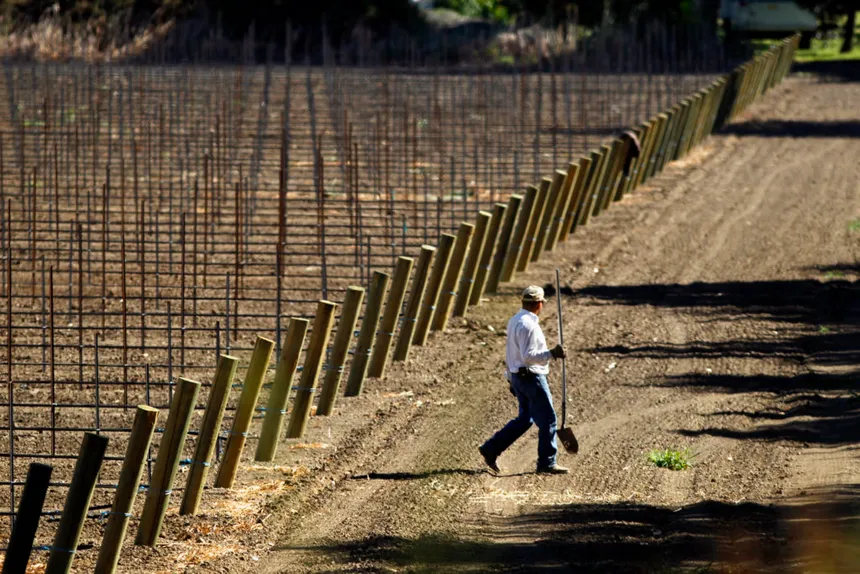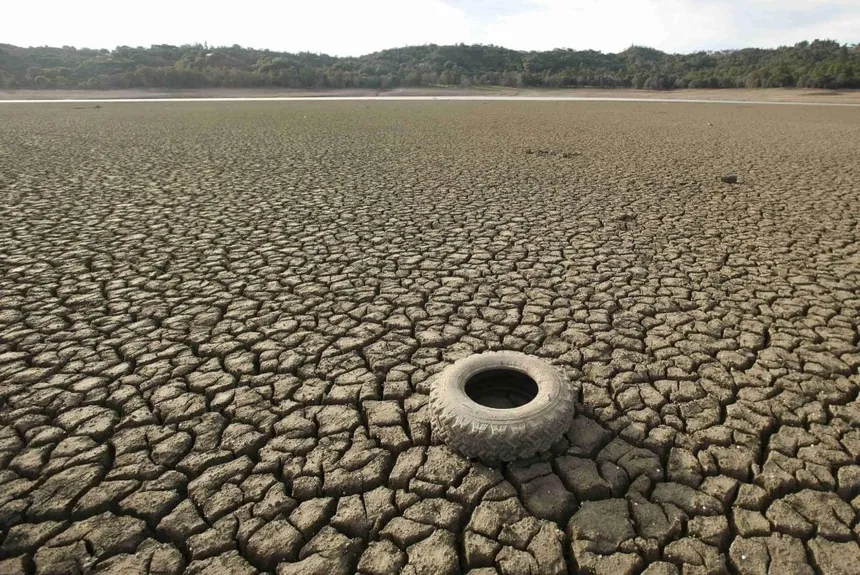Storm-weary California faced another day of harsh wintry weather on Tuesday, as torrential rain and heavy winds left thousands without power. The relentless onslaught of storms has taken a toll on the state, with many areas experiencing widespread flooding, downed trees, and power outages.
According to the California Highway Patrol, at least one person was killed when a tree fell on a vehicle in San Mateo County, while a second person was injured by a falling tree in Santa Cruz County. The National Weather Service warned of difficult driving conditions, power outages, and downed trees, as forecasters predicted the storm would hit southern and central California the hardest.
A vast stretch of the region, including most of the greater Los Angeles area, was under flood watches due to the extreme weather, which was expected to spread across the southwest and into the central Great Basin and Rockies by late Tuesday. The Bay Area was particularly hard hit, with wind gusts reaching nearly 90mph in Santa Cruz County, knocking down trees and power lines.
As the storm raged on, officials warned residents to avoid travel if possible, with downed trees and power lines closing roads across the region. Daniel Swain, a climate scientist, described the weather as a “sudden violent wind storm” that snapped trees in half. “I’ve never seen anything quite like it,” he said, describing its activity on the radar.

Pacific Gas & Electric reported nearly 240,000 customers without power by early afternoon, mostly in the region south of San Francisco. Video footage from viewers showed the storm’s intensity, with reports of 60mph gusts in some areas.
The storm is the 12th atmospheric river to hit the US west coast since December, and it has brought much-needed rain to California’s parched terrain. However, the heavy rainfall has also caused significant flooding in some areas, leading to evacuation orders and widespread power outages.
In Tulare County, thousands of people remain under evacuation orders due to flooding after a levee breach. Meanwhile, the state’s governor has waived permit requirements for groundwater recharge in some areas, in an effort to replenish aquifers.
As the storm begins to clear, many are left wondering what the long-term impact will be on California’s winter-weary residents. With the Sierra Nevada range already seen massive amounts of snow this season, the latest storm has brought even more snowfall, heightening avalanche hazards in the area. The Mammoth Mountain resort has announced it will remain open for skiing and snowboarding at least through the end of July, with nearly 634 inches of snowfall already recorded this season.
As California continues to grapple with the effects of an extreme winter, one thing is clear: the state’s residents will have to endure many more days of harsh weather before the storms finally subside.

